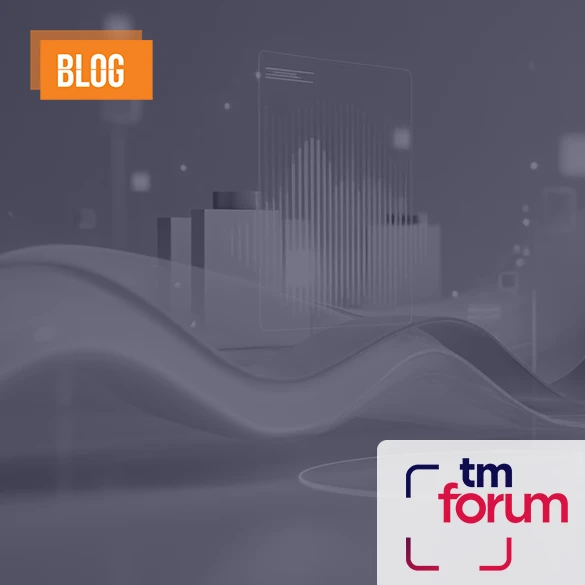Making AI More Effective (functionality + costs) for the whole company


Artificial intelligence may provide meaningful contributions to all departments within a company at different times. Also, AI-supported system needs and requirements may differ for each department. So how is it possible to ensure correct AI efficiency (not only in terms of functionality but also in terms of cost)?
As Etiya, we list three critical AI efficiency issues and our suggestions regarding them:
- Implementation - AI as a Service / On-premise Centralized AI
- Development - a powerful ecosystem
- Data - Internal data research and prioritization focus
Let's discuss one by one;
1. Implementation - AI as a Service / On-premise Centralized AI
AI is vital for competition on specific issues, regardless of the size of the company. As mentioned above, the market structure differentiates this requirement for each department in time and scope. A critical AI implementation decision depends on the correct evaluation of a number of variables:
- Company size
- Resource allocation
- AI development and know-how
- Cost
- Flexibility
- Administration
- Measuring
Considering that the proper management of all these variables depends on the company's size and budget, namely, AIaaS for cost-oriented companies and on-premise centralized AI for large enterprises.
AIaaS, providing all AI services via cloud technologies, basically brings the opportunity cost burden to manageable levels. AIaaS allow companies to
- Manage with transparent cost structure,
- significantly reduce investment risk; and
- enable business agility.
On the other hand, with the on-premise centralized AI, administrative benefits stand out, especially for large organizations. We can list some as follows:
- Standardization
- Simple and centralized management, monitoring and improvement
- Easy ROI detection and measurement
- Less development and implementation failures
- Scaling
- KPI and Dashboards based on the use case and AI models
In summary, the right AI implementation based on the evaluation of correct variables will provide a low opportunity cost and productivity.
2. Development - a powerful ecosystem
We can easily say that the biggest mistake in AI projects is that companies cannot determine AI platform selection criteria with correct priorities. Companies may set platform selection criteria in line with their immediate preferences. This approach turns the AI platform into a cost-oriented investment rather than strategic. The result is a situation where short term solutions address only immediate needs rather than having a sustainable AI platform.
However, AI is a platform that can serve all departments of the company. For this reason, strategic priorities should be prioritized before focusing on immediate needs. From a strategic perspective, it becomes vital to use an AI platform to keep pace with internal and external changes. In a world where there is so much and rapid change, we can say that a platform ecosystem is essential for the efficient use of an AI platform. Thus, companies can utilize different advantages with meaningful cost structures such as agility, parallel process management, easy access to diverse AI expertise.
The essential player in the ecosystem is the AI technology provider. Beyond its supplier role, companies can build a long-term cooperation relationship with the technology provider. This approach allows companies to create higher additional value, especially in a central AI management implementation.
3. Data - Internal data research and prioritization focus
Unfortunately, how advanced and proven the AI platform companies have has a limited impact. When we look at the entire company, we can see that data is a very complicated issue. Although customer data is the primary concern most of the time, it is not the case. All variables, such as data sources, standards, storage, access, processing, etc. are essential for AI learning. We also know that the needs and the positioning of the data vary for each company, so it is crucial to position it correctly.
Two different parameters come into play here. The first is to establish a data focus within the organization. The second is the data life cycle - collection and processing of data and data development. Data management is not just an operational business. Like customer or product management, it is an important area that touches many different functions, from strategy to commercial, from field operations to technology and legal affairs.
Therefore, the first step is to create the company's data focus by establishing a dedicated team. The most important priority of this team is AI efficiency and the correct data strategy development accordingly. The data team should act in a multidisciplinary manner that can support all departments. Understanding the technical and commercial expectations within the organization and expertise in AI learning will be the team's two primary areas of expertise.
The hard work of this team will be the operation. Collecting, processing, making available data, and ensuring internal and external coordination. Here, an issue also stands out: data protection. The regulation (GDPR etc.) about data collection and processing is a vital topic. Platform selection is one of the significant parameters for compliance. We can say that centralized AI provides smoother operation in terms of the legal framework on data usage compared with cloud platforms such as AIaaS. Therefore, it will be necessary for the data team to create the right processes and realize appropriate workflows.
Finally, in a world where the market and people do not remain the same, data must evolve. This team should follow up on developing the data in parallel with the expectations of the relevant functions and implement all kinds of arrangements related to this. A data life cycle process must be established and used.
We can conclude that large enterprises utilize AI solutions by implementing a centralized AI platform, positioning technology provider as a business partner, and creating a multifunctional data team serving for the overall company requirements.








